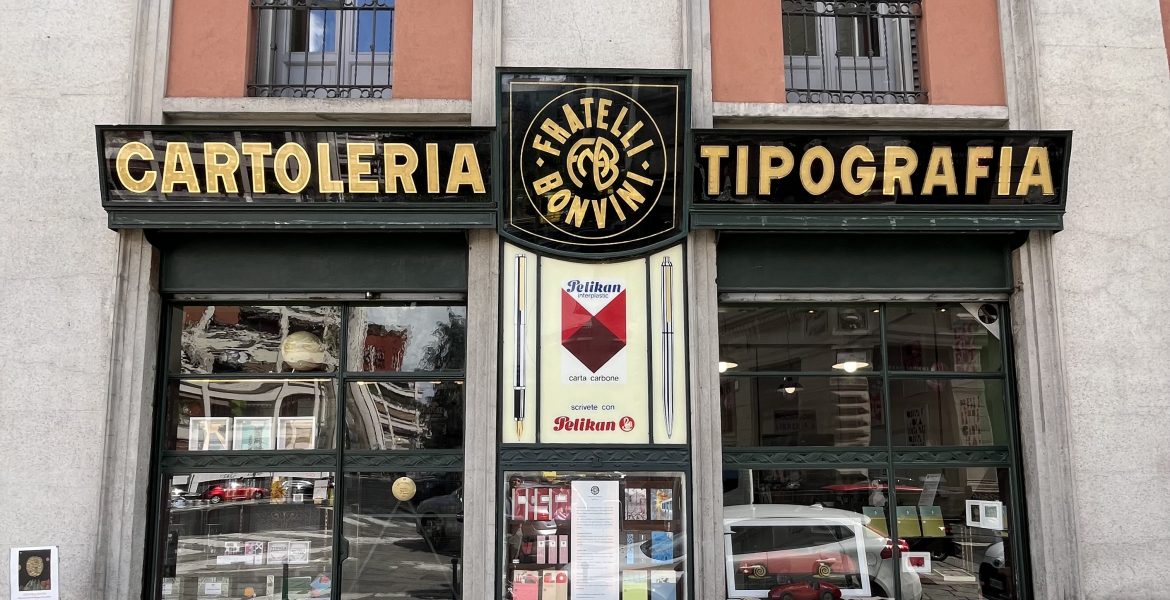
«Everything here works like it used to.» Roberto Di Puma, owner of the cultural enterprise “Fratelli Bonvini,” wanders among printing machinery with more than a century of history. The machinery still works today. In the cramped workroom of Milan’s oldest stationery and printing shop, fragrances of the past are inhaled: a strong smell of paper and ink permeates every corner of the room. Among lead typefaces, reams of sheets, and other tools of the trade, one has the impression of being immersed in a remote time of manual labor and unique artifacts. «Each piece is equal only to itself,» Di Puma says as he picks up colorful little boxes, «just like it used to be.»
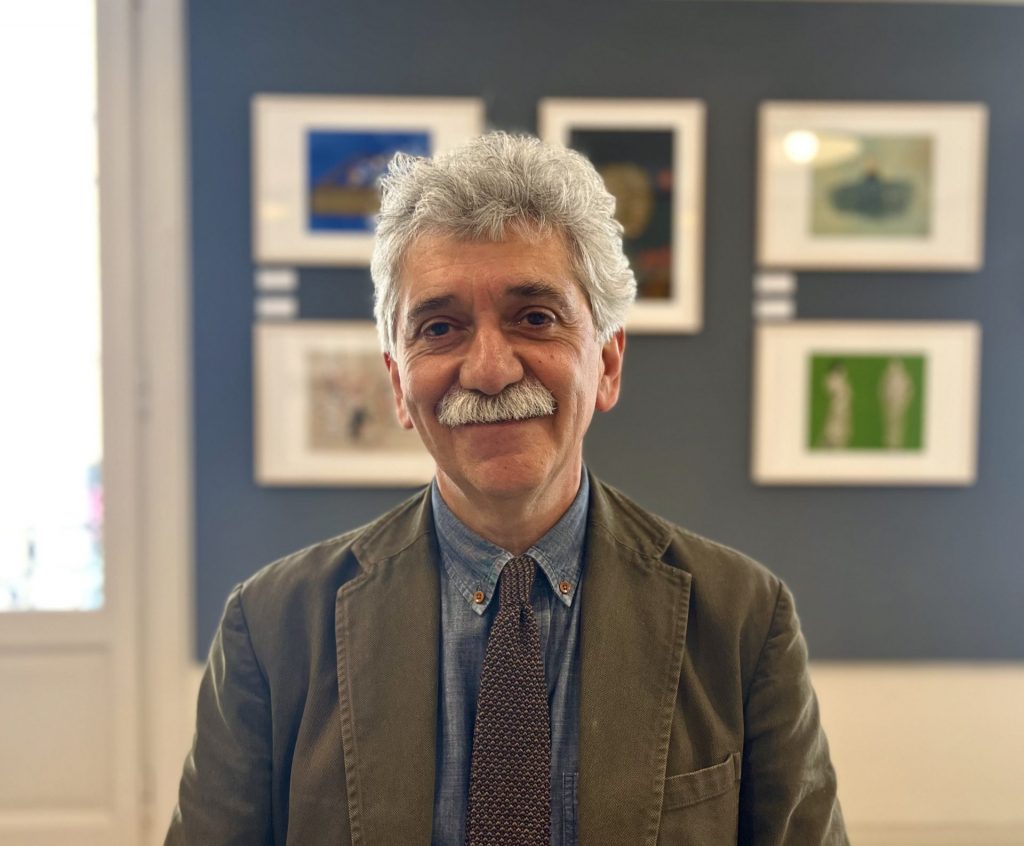
The store, located in Corso Lodi, has indeed maintained the spirit of its origins. Founded in 1909 by Costante Bonvini and his sister Luigia, the store has been in family hands for more than a century. In 2014, the business – on the verge of a deep economic crisis - was taken over by Di Puma, co-founder of the nonprofit Moleskine Foundation, and five fellow typography enthusiasts.
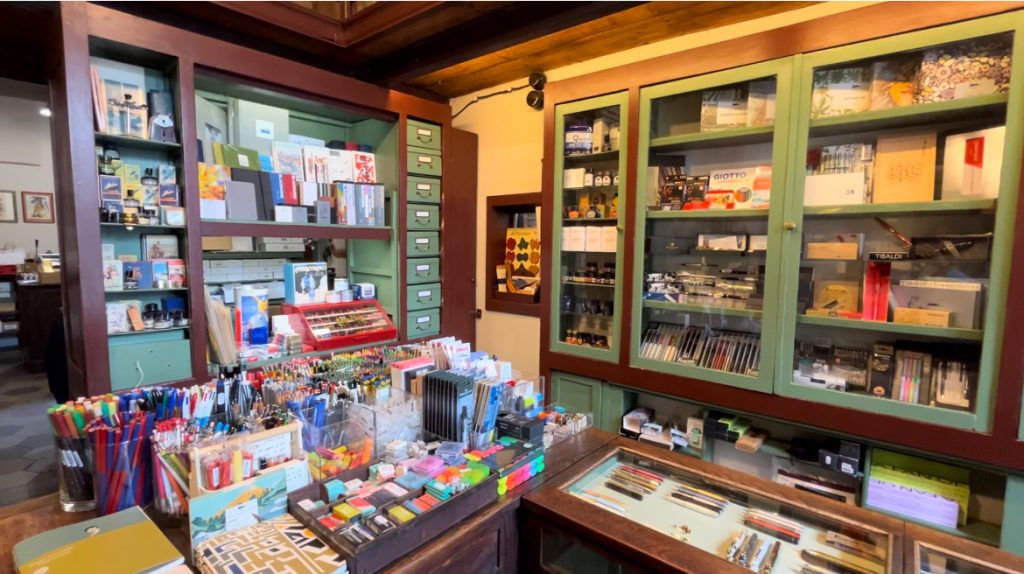
In these years, the group has worked to put in place restoration and modernization operations that retain the original elements of the store . And today, as then, the “Fratelli Bonvini” stationery and typography shop continues to be a true cultural stronghold in the Scalo di Porta Romana area.
Indeed, the activity proceeds in a constant interaction with the surrounding social territory. It is what, in scientific terms, is called “cosmopolitan localism.”
«We aim to act locally with intensity, draw energy from what is happening here to be able to dialogue with the rest of the city and the rest of the world.»
Di Puma says the company organizes events involving the works of various Milanese artists. «The rationale behind it is to give attention to the city through its depiction so that the people who live here take care of it and care for it more and more.»
In addition to weaving new connections in space, “Fratelli Bonvini” moves on the temporal plane, maintaining the relationship with its roots and projecting its cultural initiative into the near future. «Our strength lies in our ability to hold together the preservation of craftsmanship and the objects in which this is articulated with a contemporary spirit.»
In what way? «On the one hand by looking for limited circulation stationery items for collectors and lovers of the field. On the other by curating editorial publications of voices from the world of writing and graphic arts.» Thanks to this dynamic nature, the risk of the business turning into a museum is averted.
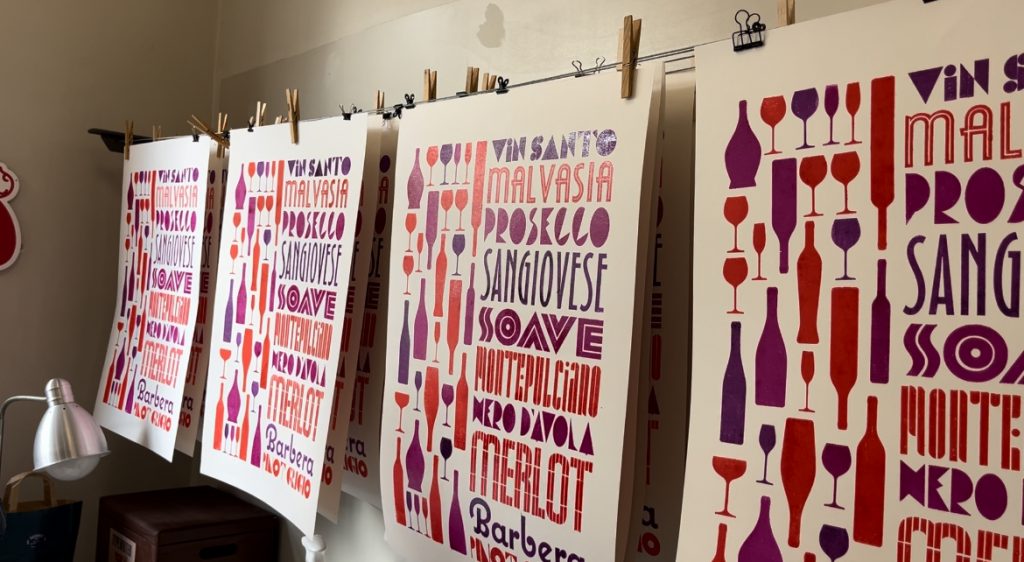
On the contrary, the old machines continue to produce inked sheets, as evidenced by the colorful prints in the store. “This is the unparalleled hour, this is the hour of Campari,” reads a print in red and black lettering. Another, still freshly made, depicts in magenta and purple drawings of bottles and names of some important Italian wines: Vin Santo, Malvasia, Prosecco, Soave, Montepulciano. Di Puma explains that the wooden typeface Imperia and the Heidelberg presses, with more than a century of history behind them, are among the tools that enable the print shop to continue its business. He then operates a pedal on the Imperia and shows how the process of imprinting color on paper takes place.
Objects are the real celebrities of the “Fratelli Bonvini” cultural enterprise. «This is a historical piece,» Di Puma says as he scribbles on a piece of paper with a Blackwing 602 pencil. «Bernstein, Steinbeck, and Nabokov used it to make their masterpieces.»
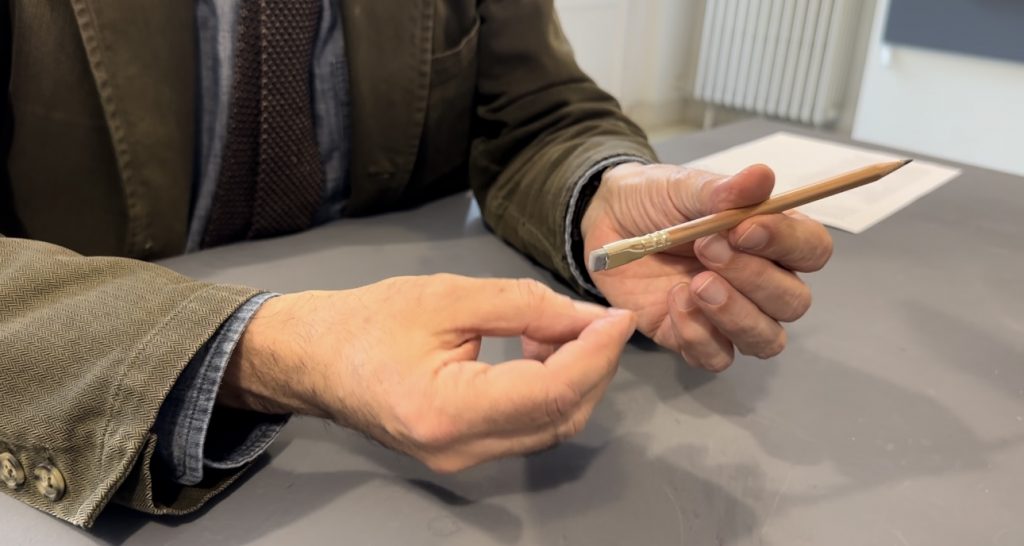
And just like that, this simple but legendary pencil could be the emblem of the bet made by the group that took over the Bonvini family business: to enhance in the present the cultural heritage of the past.
